I’m trying to design a circuit to enable my bicycle lights and also have at least 2 minutes of standing lights coming from a bicycle 6 V AC hub.
I thought about building a rectifier bridge with 4 1N5820 diodes and then have 3 sets of capacitors:
1 for straightening the voltage
1 for regulating the voltage
1 to regulate the exit voltage
But then I got the idea to have 2 super capacitors to allow me to have 2 minutes of standing lights.
Now, getting into the challenges:
- Can’t I regulate the voltage from the hub after the rectifier bridge with a capacitor?
- How do I enable the super capacitors to charge while allowing the lights to light in parallel?
- Do I need an NPN transistor to control the discharge of the capacitors while no power is generated by the hub?
- I see lots of people talking about using a MOSFET for that, but I can’t seem to understand why it’s better.
Any help would be appreciated.

